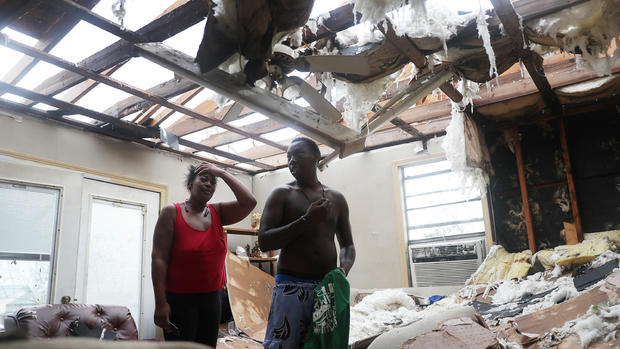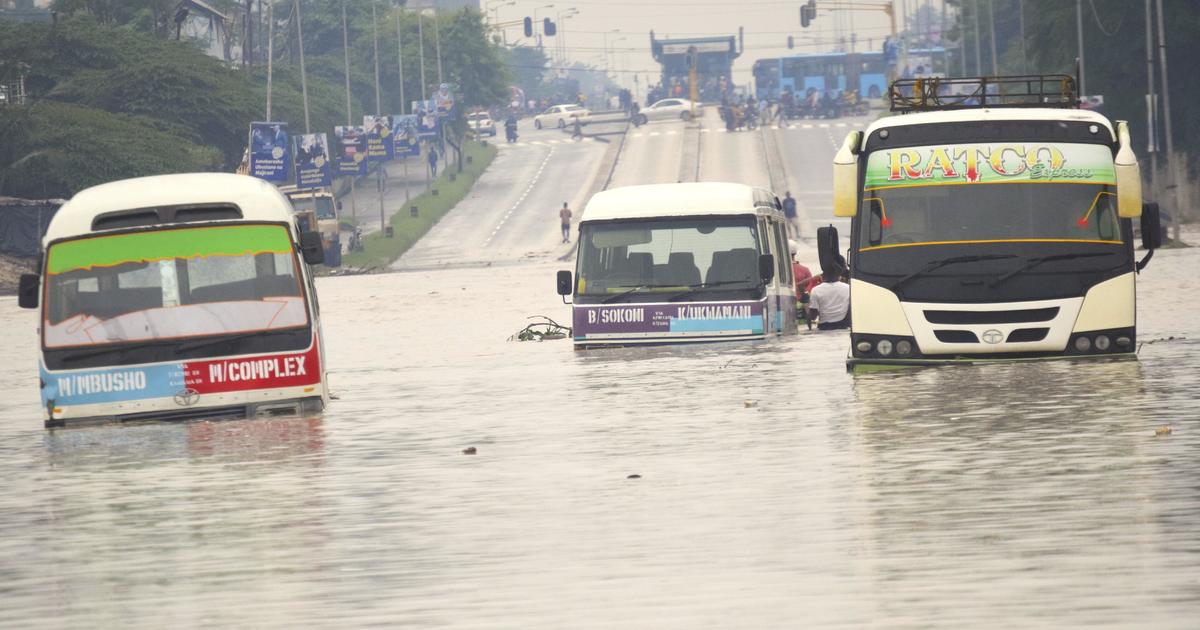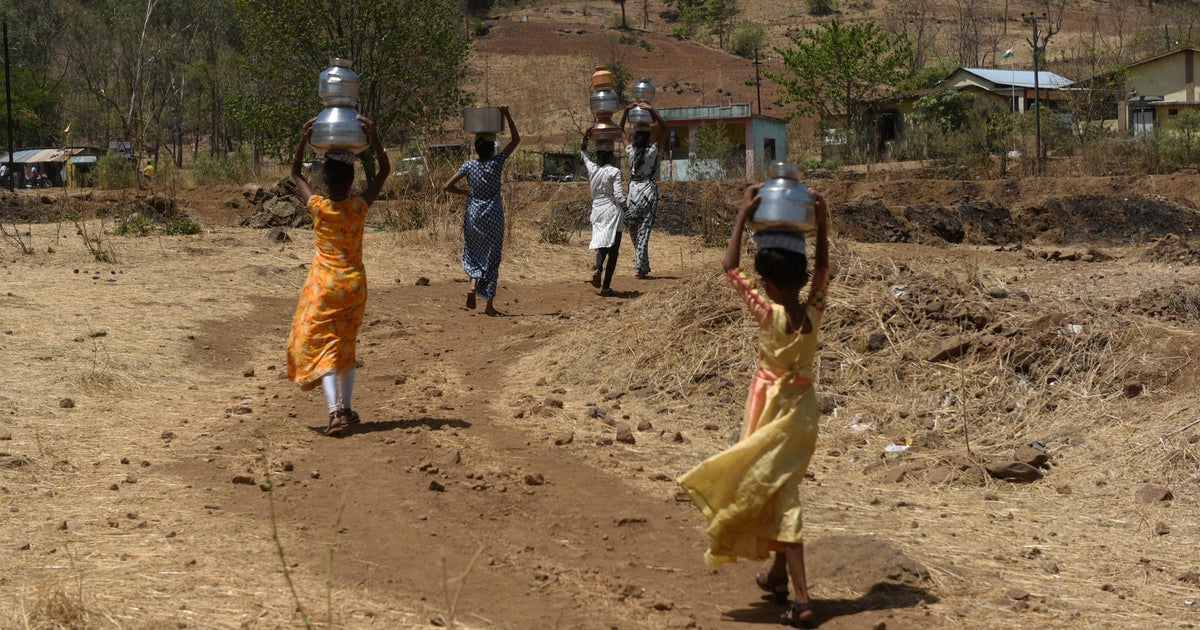Laura brings downpours and some twisters inland and likely to hit Northeast
Remnants of Hurricane Laura unleashed heavy rain and twisters hundreds of miles inland from a path of death, destruction and mangled buildings along the Gulf Coast, and forecasters warn a turn toward the east may spell new dangers for the Eastern Seaboard over the weekend. The threat of tornadoes was forecast to redevelop Friday, less than a day after a reported tornado tore through a church and homes in northeastern Arkansas.
Trees were reported down and power was out where what was left of the once fearsome storm spun over the state, at first as a Category 4 hurricane packing 150 mph winds.
No injuries were immediately reported. Around 45,000 customers were without electricity in Arkansas early Friday.
Laura weakened to a tropical depression late Thursday, but forecasters said the possibility of more tornadoes and up to 5 inches of rain was headed for the Tennessee Valley region before the system closed in on Mid-Atlantic states by Saturday.
One of the strongest hurricanes ever to strike the United States, Laura was blamed for six deaths as it barreled across Louisiana and parts of Texas. A full assessment of the damage could take days.
As of 5 a.m. EDT Friday, Laura was some 95 miles west/northwest of Memphis and 175 miles west/southwest of Paducah, Kentucky and was heading northeast at 13 mph, according to the National Hurricane Center. Laura had maximum sustained winds of 30 mph and still posed a flooding threat, the center said.
Despite demolished buildings, entire neighborhoods left in ruins and hundreds of thousands of homes and businesses without power along the Gulf coast, a sense of relief prevailed that Laura was not the annihilating menace forecasters had feared.
"It is clear that we did not sustain and suffer the absolute, catastrophic damage that we thought was likely," Louisiana Gov. John Bel Edwards said. "But we have sustained a tremendous amount of damage."
He called Laura the most powerful hurricane to strike Louisiana, meaning it surpassed even Katrina, which was a Category 3 storm when it hit in 2005.
The hurricane's top wind speed of 150 mph put it among the strongest systems on record in the U.S. Not until 11 hours after landfall did Laura finally lose hurricane status as it plowed north and thrashed Arkansas, and even up until Thursday evening, it remained a tropical storm with winds of 40 mph.
The storm crashed ashore in low-lying Louisiana and clobbered Lake Charles, an industrial and casino city of 80,000 people. On Broad Street, many buildings had partially collapsed. Windows were blown out, awnings ripped away and trees split in eerily misshapen ways. A floating casino came unmoored and hit a bridge, and small planes were thrown atop each other at the airport.
In front of the courthouse was a Confederate statue that local officials had voted to keep in place just days earlier. Laura knocked it down.
"It looks like 1,000 tornadoes went through here. It's just destruction everywhere," said Brett Geymann, who rode out the storm with three relatives in Moss Bluff, near Lake Charles. He described a roar like a jet engine as Laura passing over his house around 2 a.m.
"There are houses that are totally gone," he said.
As the extent of the damage came into focus, a massive plume of smoke visible for miles began rising from a chemical plant. Police said the leak was at a facility run by Biolab, which manufactures chemicals used in household cleaners and chlorine powder for pools. Nearby residents were told to close their doors and windows, and the fire smoldered into the night.
The fatalities included a 14-year-old girl and a 68-year-old man who died when trees fell on their homes in Louisiana, as well as a 24-year-old man who died of carbon monoxide poisoning from a generator inside his residence. Another man drowned in a boat that sank during the storm, authorities said.
No deaths had been confirmed in Texas, which Republican Gov. Greg Abbott called "a miracle."
It was unclear when the journey home would be complete for more than 580,000 coastal residents who evacuated under the shadow of a coronavirus pandemic. Although not everyone fled, officials credited those who did leave with minimizing the loss of life.
A lower-than-expected storm surge also helped save lives. Edwards said ocean water rose as much as 12 feet rather than the 20 feet that was predicted.
Finishing search and rescue efforts was a top priority, Edwards said, followed by efforts to find hotel or motel rooms for those unable to stay in their homes. Officials in Texas and Louisiana both sought to avoid traditional mass shelters for evacuees over fears of spreading COVID-19.
Laura was the seventh named storm to strike the U.S. this year, setting a new record for U.S. landfalls by the end of August. Laura hit the U.S. after killing nearly two dozen people on the island of Hispaniola, including 20 in Haiti and three in the Dominican Republic.
President Trump planned to visit the Gulf Coast this weekend to tour the damage.




